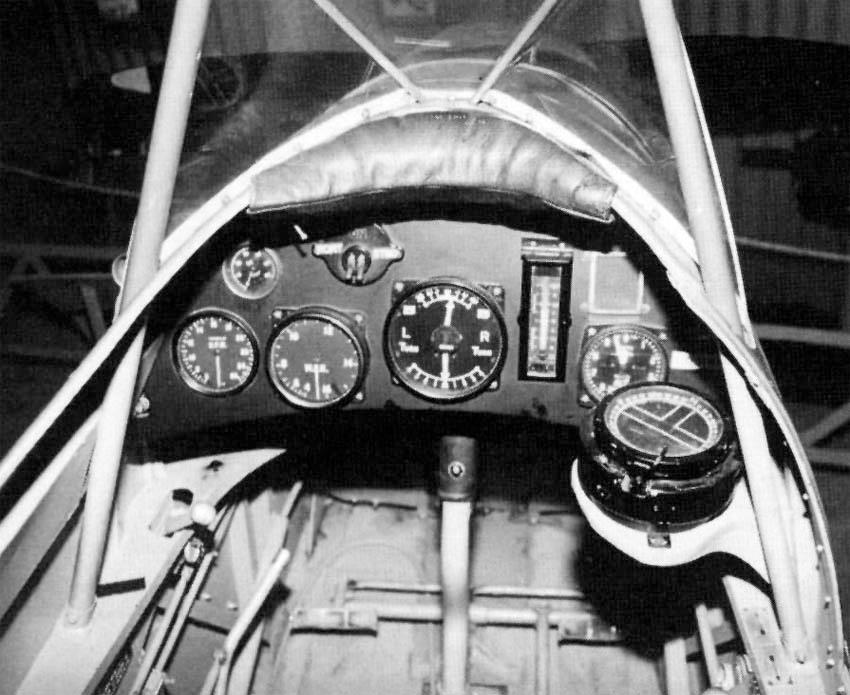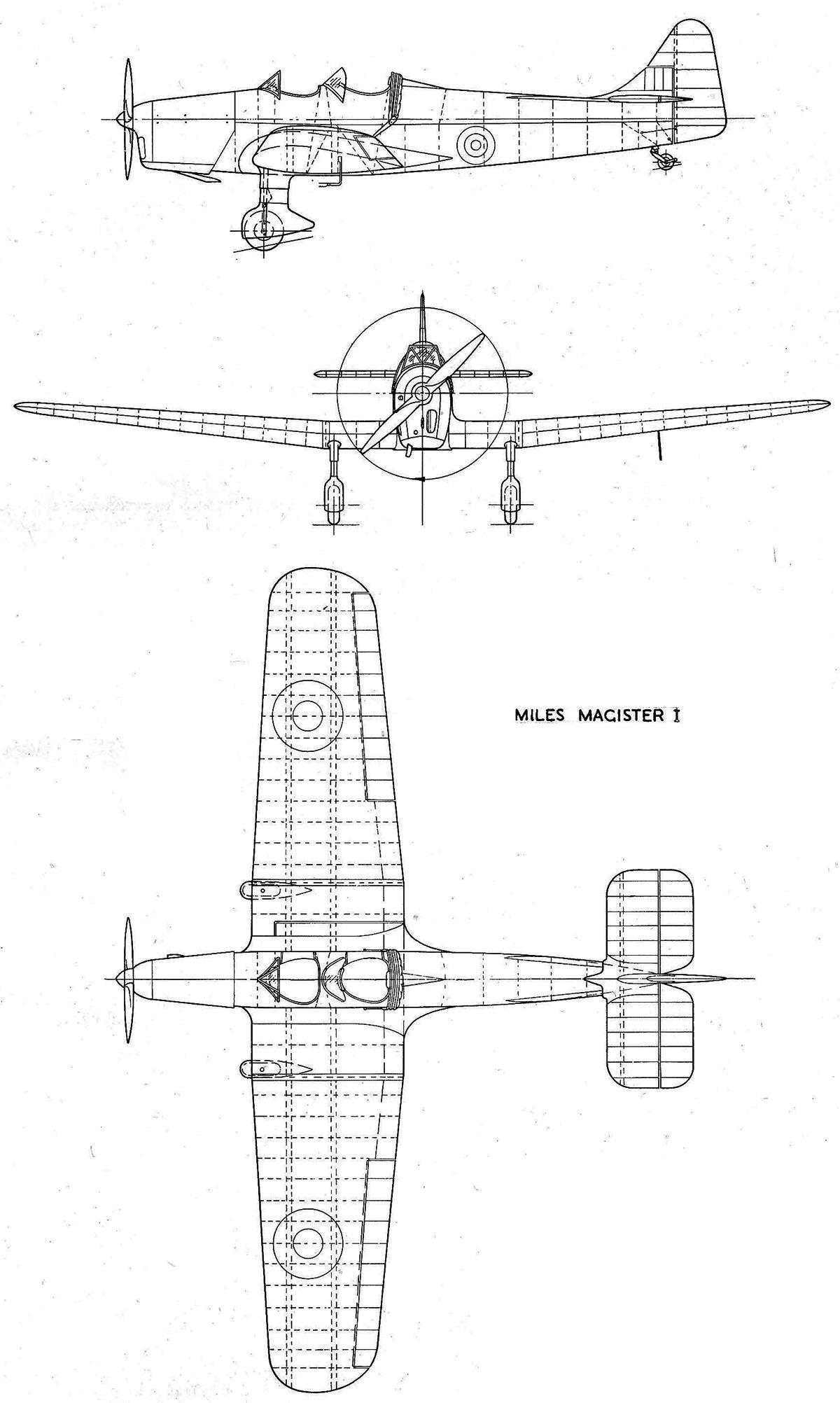| Type |
Two seat trainer |
| Engine |
1 de Havilland Gipsy Major I with 2-bladed fixed-pitch propeller |
| Dimensions |
Length 7,506 m , height 2,03 m , span 10,31 m , wing area 16,4 m2 , |
| Weights |
Empty 583 kg, loaded normal 862 kg - aerobatics 837 kg, max. take off weight , fuel 98 l, oil 11 l |
| Performance |
Max.. speed 229 km/h at 300 m, 225 km/h at sea level, 209 km/h at 1500 m, 201 km/h at 3000 m , cruising speed 196 km/h , stall speed flaps down 69 km/h, flaps up 84 km/h, range 590 km, endurance 3 h , service ceiling 5000 m , absolute ceiling 5790 m, climb 4,3 m/sec., |


